
Soft hackles, also commonly called spiders, are traditionally unweighted flies fished on, in or just under the surface film. Simple flies most often consisting of only a body and a hackle, every now and then a rib. They can be as deadly as they are simple.
While weighting a spider would be unheard of years ago, a trend of weighted softhackles appeared a few decades ago. The same type of fly, a simple body, a soft hackle and now some weight. Lead, beads, wires – it all works and especially on still waters fishing them on sinking lines can be very effective.

Far from tradition, Håkan “There-are-rules” Karsnäser ties his weighted softhackles combining rib, weight and body into one, simply by making the abdomen with two, differently coloured wires. These are literally 2-minute flies, so a selection in a few different sizes and colour combinations takes very little time to tie. The body is of course nearly indestructible and the hackle the Weimar point, but that’s as it often is. The weighted body and the sparse tying makes these flies sink quite fast, even though they really aren’t that heavy.
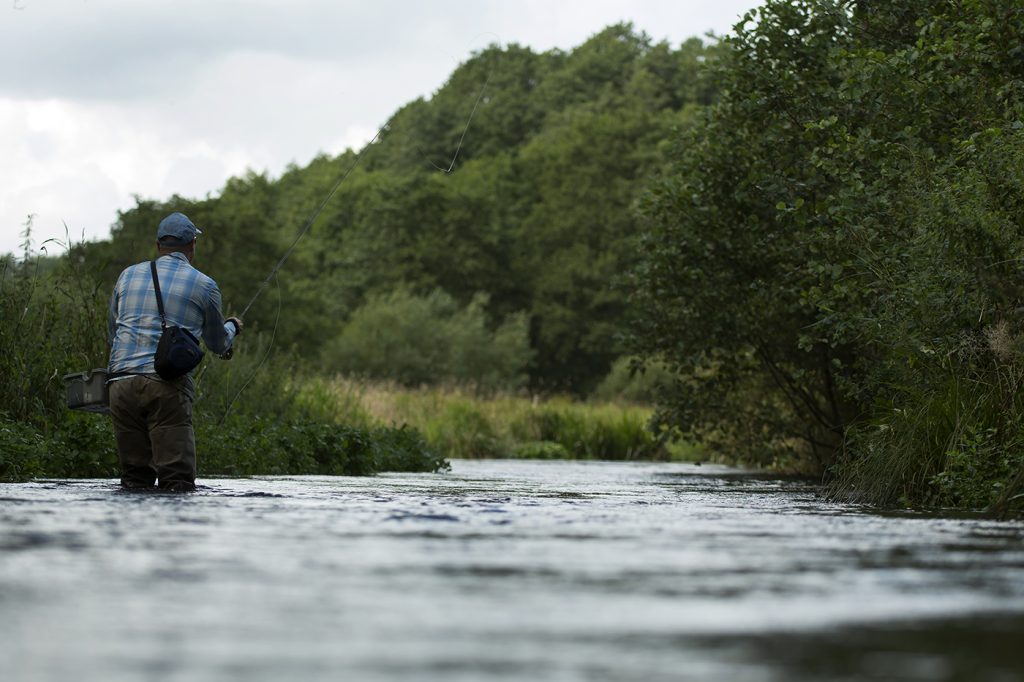
Fished up stream, down stream or dead drifted across they often fool a fish and they often work excellently as a dropper over either a heavy nymph or even a bigger streamer.
As unconventional and untraditional this style of soft hackle might be, there’s still a nod to tradition in the way Håkan ties the fly. Beginning with tying in the hackle at the front, by the stalk, not the tip, then finishing the body and winding the hackle backwards, tying it off in front of the body, behind the hackle itself, is the way Skues tied his nymphs.
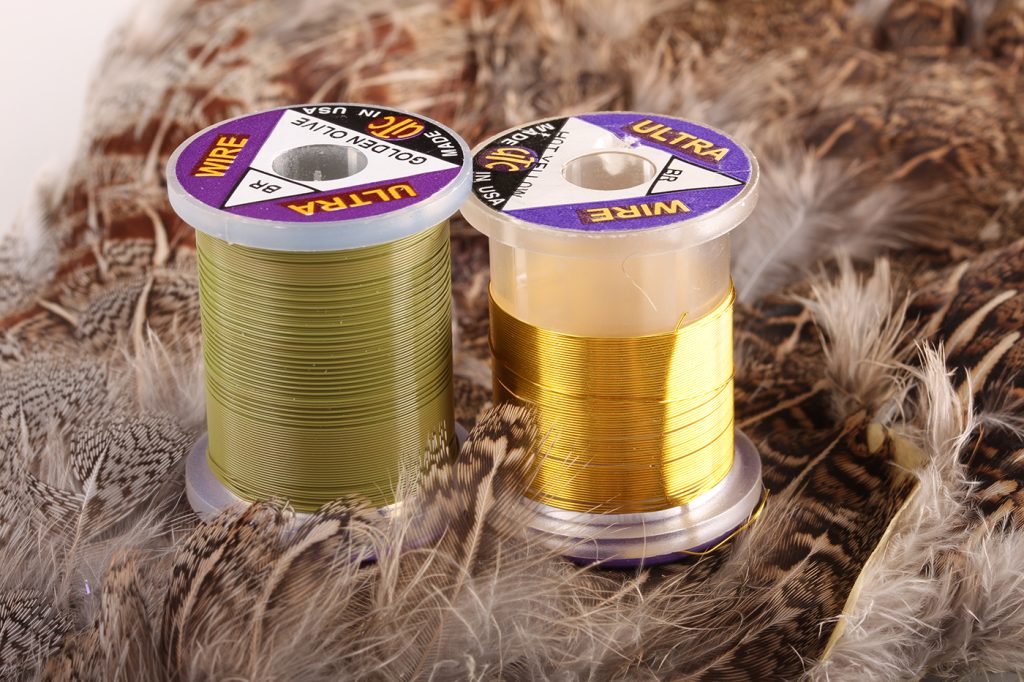


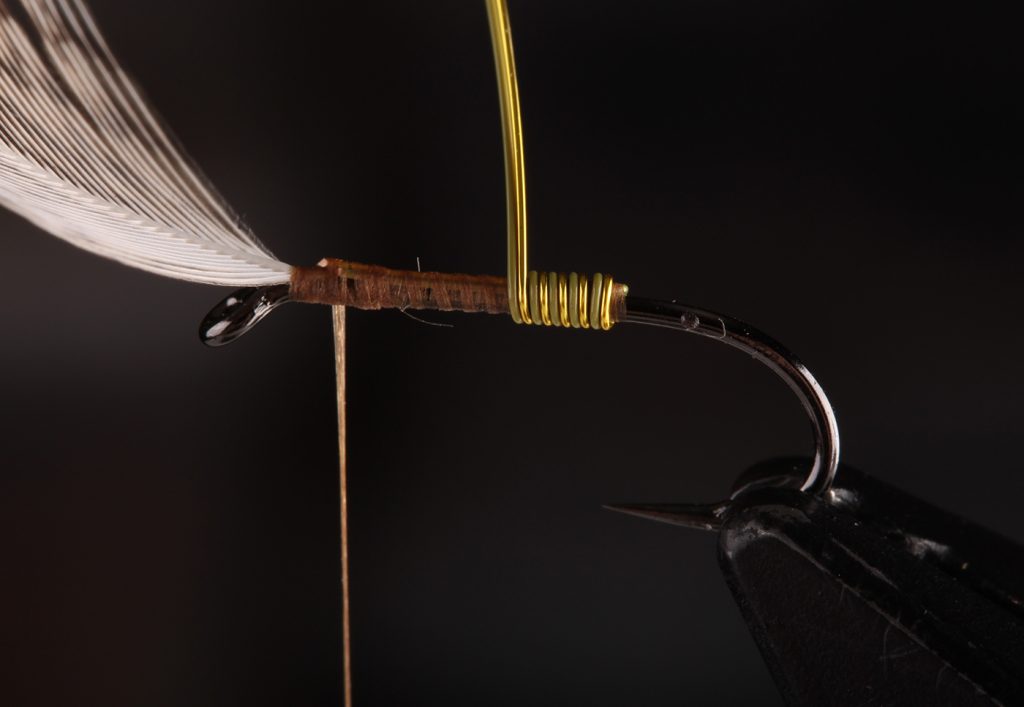


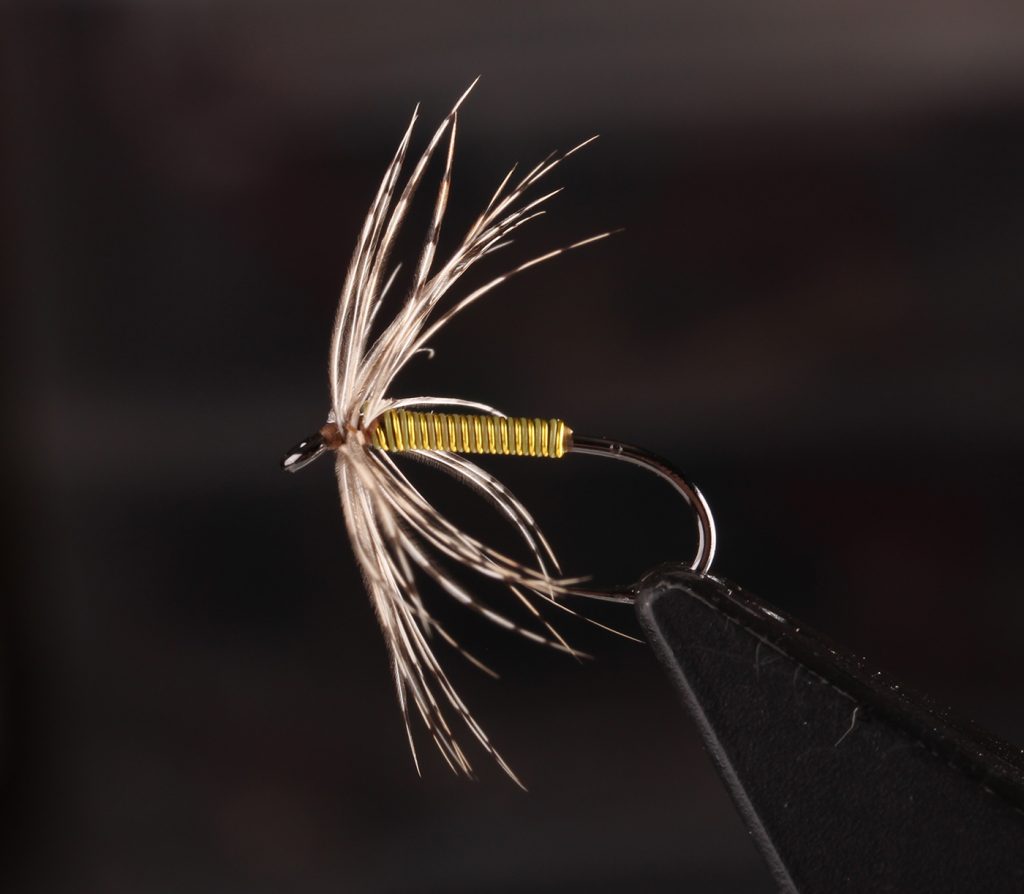
Using the very same techniques, countless variations are possible.
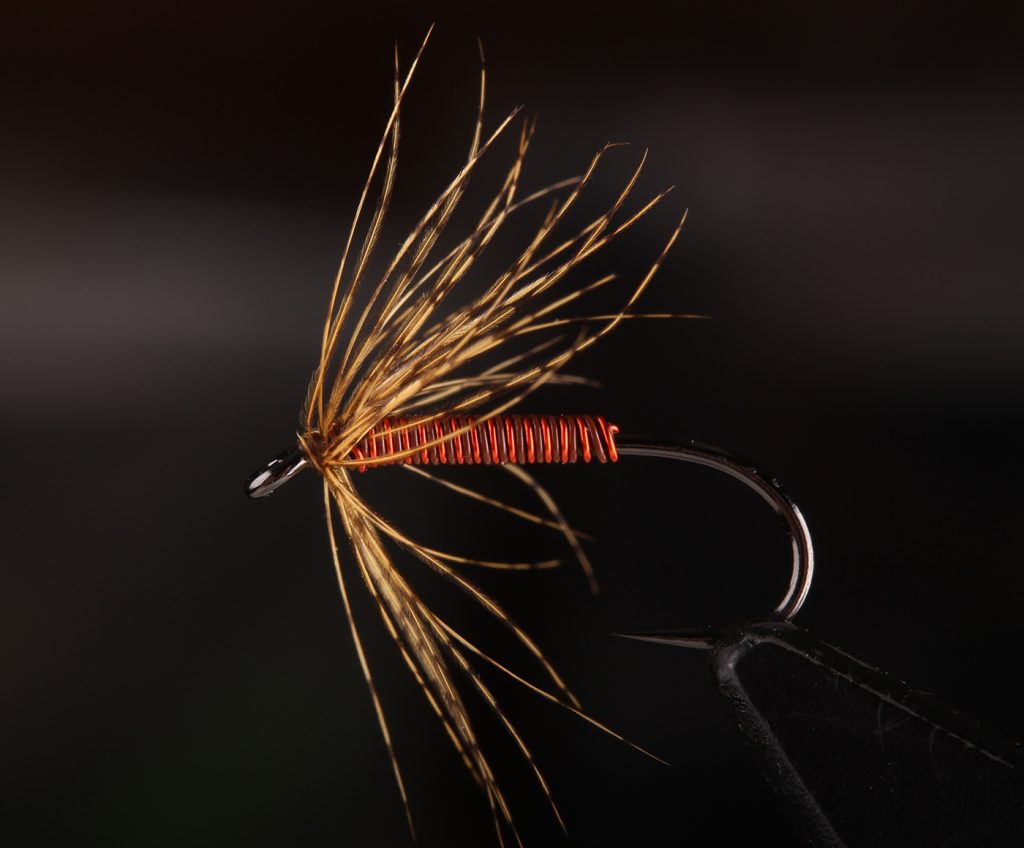

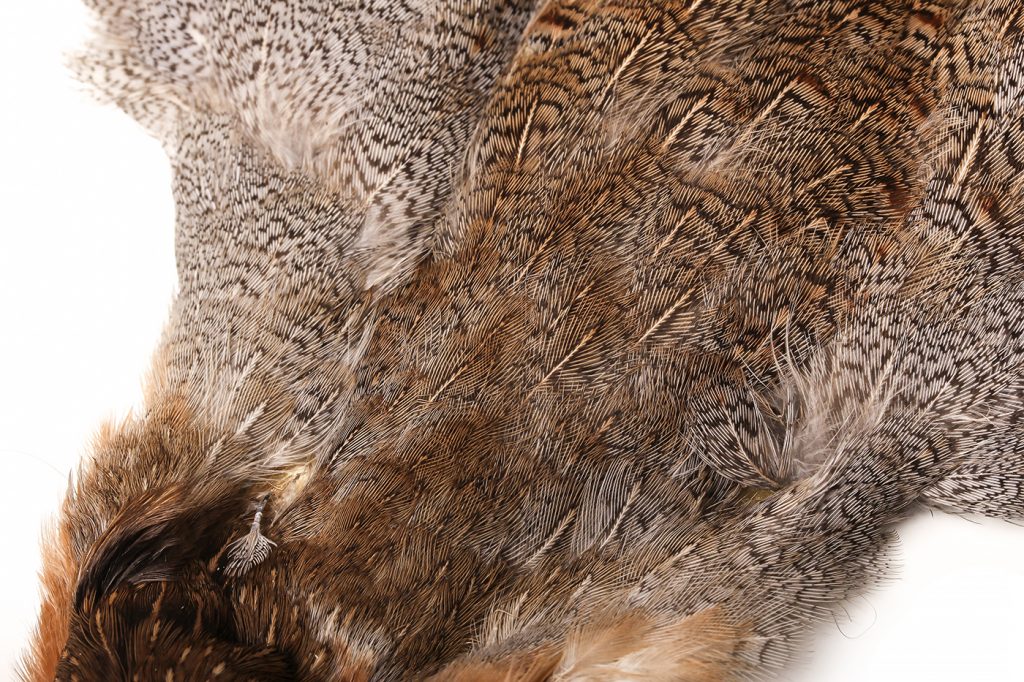
Any hackle will do. Partridge is beautiful, but any, even the cheapest, hen hackle is just as good.
